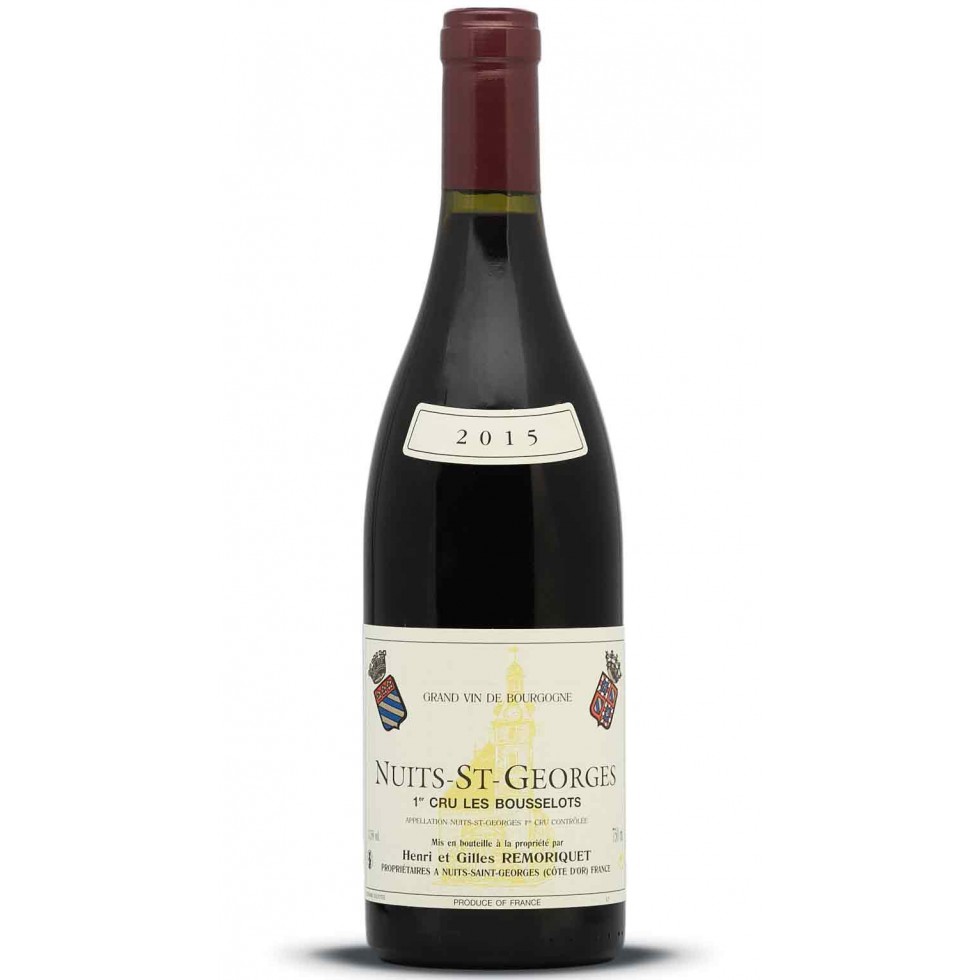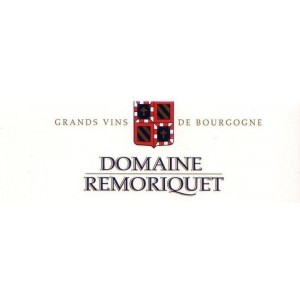appellation
Nuits Saint Georges
Wine Characteristics
The appellation falls into two parts, divided by the town itself. The northern portion extends as far as the border of Vosne-Romanée, and the southern section lies partly in Nuits-Saint-Georges and partly in Premeaux.
Corresponding differences are observed in the wines. Their colour is an intense crepuscular crimson with a hint of mauve. The nose often features rose and liquorice. The young red wine has aromas of cherry, strawberry and blackcurrant, and when matured, leather, truffle, fur, game. Notes of macerated fruits (prune) complete the picture. Muscular and vigorous, chewy and full-bodied, its structure is both well built and well-balanced and it is long in the mouth. It is most fully enjoyed after several years’ laying down which rounds it out and underlines its sensuality and breeding.
The (rare) whites have a strong gold colour. They are firm and usually heady with a bouquet of brioche and sometimes honey, underpinned by white flowers.
Wine Steward’s Tip
Red: powerful and strongly-built, this is the wine that confers on the Côte de Nuits its noble reputation of a sturdy character. Its normal partners would be any meat that is at once full-flavoured and virile (roast lamb, rib steak, or breast of fattened duck), as the wine firmly coats and envelops its fibrous texture. Feathered game, similarly, responds to the charm of the wild and animal aromas which the wine develops with age. Sophisticated diners will also serve it with certain fish dishes such as carp in red-wine sauce. Cheeses: soft centred cheeses in the style of Époisses, Langres or Soumaintrain.
Serving temperature: 15 to 16°C.
White: this seldom met-with wine has the breeding and opulence required to partner with grilled sea-fish and grilled or cheese-topped crustaceans.
Serving temperature: 12 to 13°C.
Situation
Nuits-Saint-Georges is a likeable and lively town with a centuries-old history of winemaking. It gives its name to the Côte de Nuits, and its patron saint, Saint Georges, gives his name to their most famous wine. Its AOC, which dates from September 1936, includes the commune of Premeaux-Prissey in the appellation. Most of the wines grown here are Pinot Noir, but there are some plots planted with Chardonnay. The Confrérie des Chevaliers du Tastevin, Bourgogne’s most famous wine-brotherhood, was founded here in 1934.
Terroirs
The soils in the northern sector derive from pebbly alluvium washed down from up-slope, or, in the low-lying parts, silty deposits from the river Meuzin. In the southern sector the alluvia at the base of the slope originate in the combe of Vallerots where there are deep marly-limestone soils, while at the top of the slope, the rock is almost at the surface. Exposures are mostly to the East or South-East.
Source : https://www.bourgogne-wines.com




